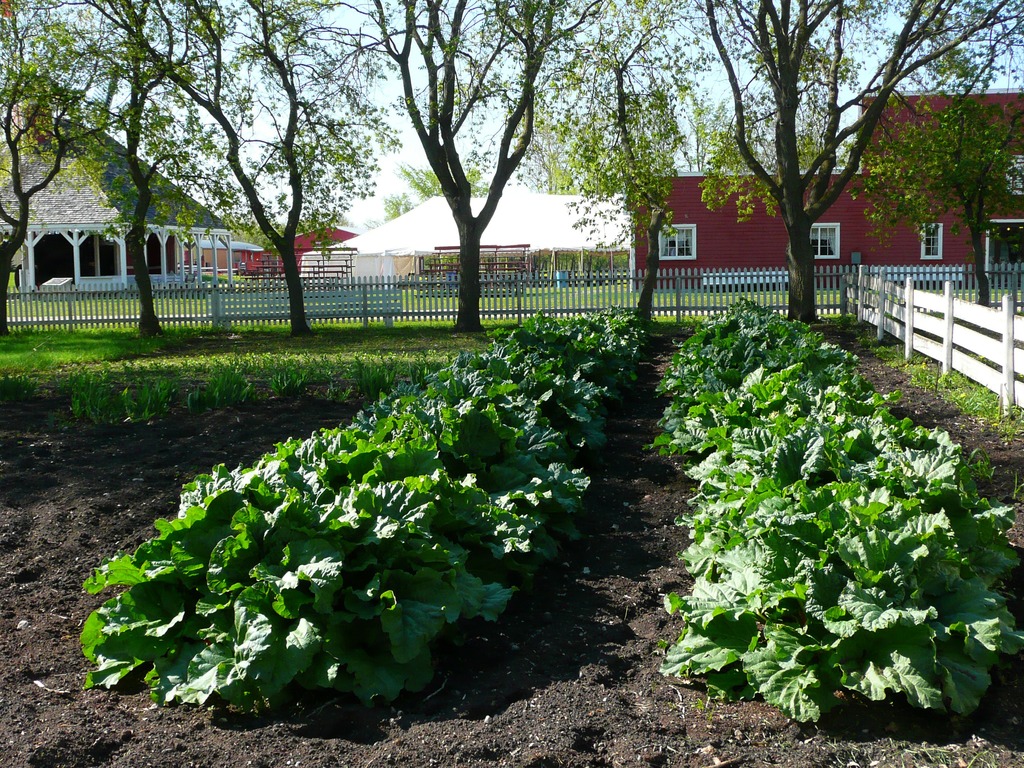You’re probably wondering how to use thuricide for your garden and how it works. Perhaps you’ve heard other gardeners recommend using Bacillus thuringienis (Bt) or more commonly thuricide in its pest control form. Read on to know more about Bt for pest control.
What is Bacillus Thuringiensis?
Bt is a bacterium that is found in the soil. It has unique properties that make it effective for pest control, especially towards leaf-eating insects. The pests will eat the thuricide, which reacts to the lining of their stomach.

They won’t be able to feed for hours, causing them to die from starvation. Kurstaki is the most common strain of Bt which makes it effective in killing needle- and leaf-feeding pests like caterpillars.
Bt contains an active ingredient (crystal protein) that can control the pests. When eaten, it paralyzes insects’ digestive tract and they will starve to death. The Kurstaki strain primarily targets caterpillars like corn borers, leaf rollers, tomato hornworms, and cabbage loopers. Newer strains can now kill mosquitos and flies.
What You Need to Remember
Now that you know what Bacillus thuringeinsis is, there are other things you need to know about Bt before you use them in your garden.
Read the label carefully
It’s very important to read the label because if your garden doesn’t have the pests for Bt, then you don’t need to use one. It’s crucial to understand that thurcide products are specific when it comes to the insects they can or cannot kill. Just like other types of pesticides, insects can become immune due to overuse.
Another thing you need to remember is that thuricide only affects the insects that actually eat the pesticide. It won’t make any difference if you spray thuricide on your crops after the larvae have made their way into the fruits or vegetables. Time is of the essence, so make sure to regularly check in on your plants.
How to Apply Thuricide
Think of Bacillus thuringeinsis as antibiotics; too much of it can lead to resistance. In other words, if you overuse thuricide, it eventually wouldn’t work on caterpillars or other insects anymore. To ensure that your thuricide continues to be effective in killing these pesky critters, make sure to use it with caution.
Thuricide usually comes in two forms: liquid and powder. Most gardeners prefer using a liquid solution because they have more control over the product. Remember to follow the directions states on the bottle to mix your solution.
Transfer your mixture into a small spray bottle and spray it carefully on the affected part of your plant. Apply the mixture on the leaves – make sure to get the tops and undersides where caterpillars have been eating. It’s not necessary to spray a heavy coating, so make sure the thuricide doesn’t drip.
Lastly, you shouldn’t expect instant results. It could take days or weeks to see a decrease in the number of caterpillars in your garden. Spray the affected part every 10 days (or whatever is stated on the directions) or so until the problem is addressed.
Why Do You Need a Hobby Greenhouse?
If you want to further protect your plants from pests and other factors that could harm them, you might want to consider getting a hobby greenhouse. If you’re still on the fence, here are several reasons why investing in a small greenhouse is a great decision:
It protects your plants from harmful insects
You can lower the risk of attracting pests by placing them inside a mini greenhouse. Caterpillars, aphids, rodents, groundhogs, and other insects and animals would love to prey on your leaves and crops. Additionally, keeping them in a greenhouse also keeps them safe from certain diseases that could harm them.
It’s great for gardeners without much space to work with
If you’ve been meaning to dip your toes into gardening but you don’t have enough space, a hobby greenhouse is a great alternative. Small greenhouses are usually just around six feet tall. If this is too big for you, there are smaller ones as well and you can place them on your balconies, decks, patios, and even tabletops. Plus, it offers the same benefits as a regular-sized greenhouse.
You can start planting your crops earlier
With a mini greenhouse, you can control the temperature inside, allowing you to plant early even before the cold season begins in your area. Once the weather gets warmer, you can transplant your plants back into your garden and expect an earlier harvest.
It keeps your plants safe from unpredictable weather
Mini greenhouses are great for keeping tender plants away from the ice, frost, snow, high winds, and heavy rains. You can place them inside the hobby greenhouse until the weather warms and then you can transplant them back into your garden.
The Bottom Line on How to Use Thuricide for Your Garden
If your garden is infested by insects like caterpillars, cabbage worms, leaf-rollers, corn earworm, and more, learning how to use thuricide for your garden and actually using it against these pesky insects can be an effective solution. Not only is it effective, but it’s also an environmentally friendly alternative to harmful pesticides. Before using one, make sure to know how exactly how to use it to achieve optimal results.
